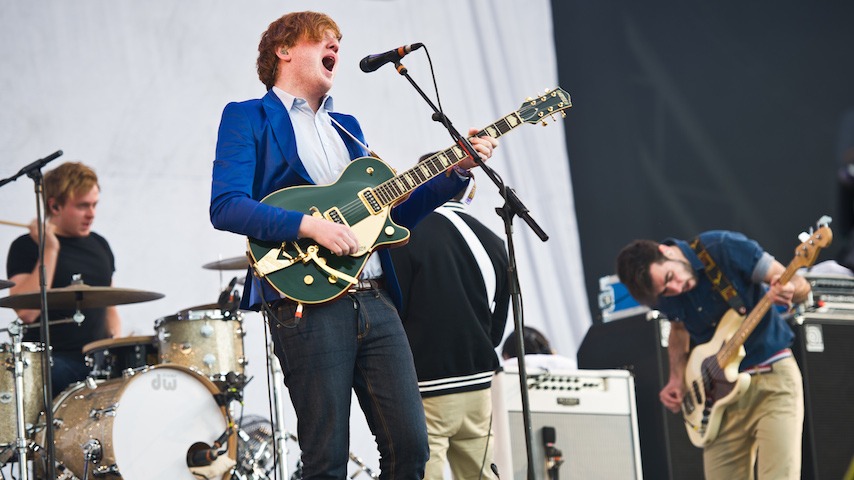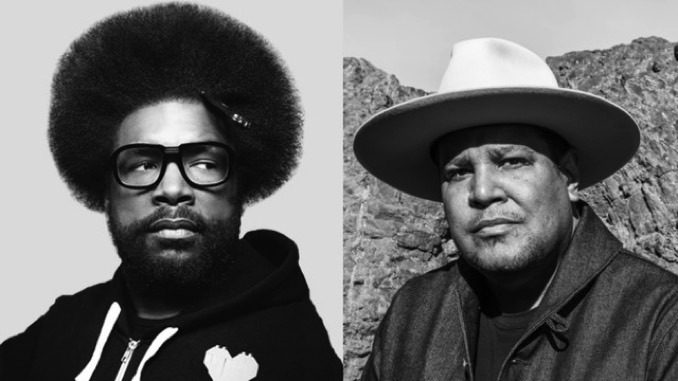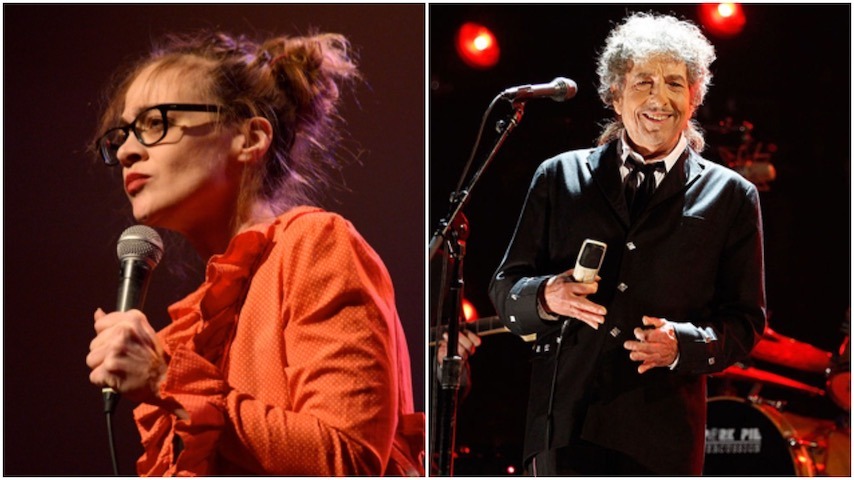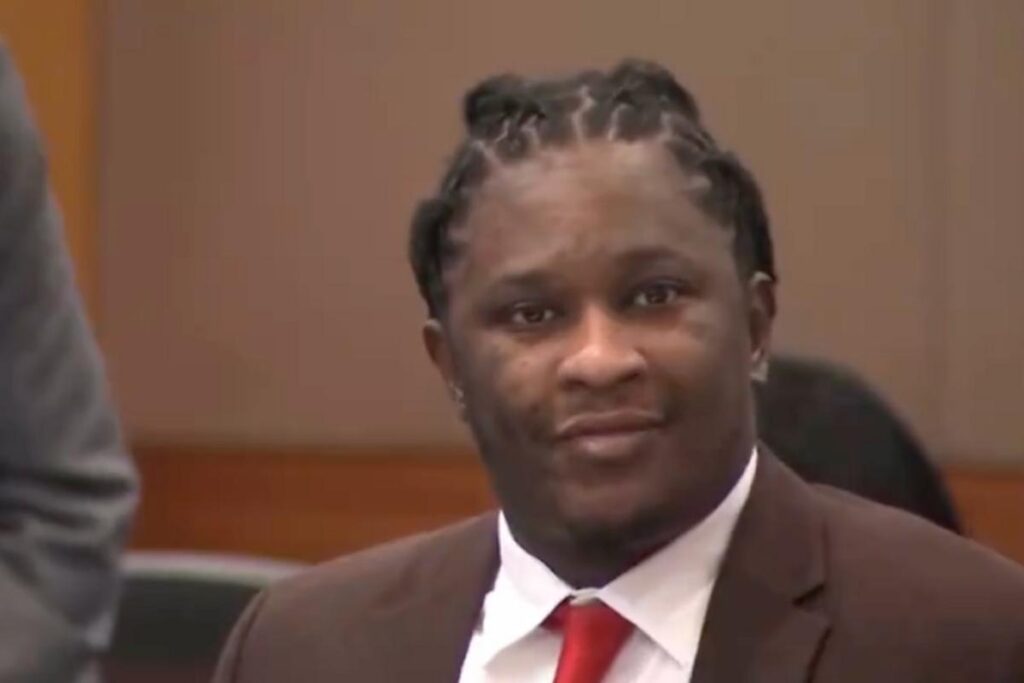Welcome to our new Gateways column, where Paste writers and editors explore the taste-defining albums, artists, songs or shows that proved to be personal “gateways” into a broader genre, music scene or an artist’s catalogue at-large—for better or worse. Explore them all here.
Somewhere on the internet there exists a tweet that says something along the lines of “If The Kooks or Two Door Cinema Club weren’t your indie converter bands, who even are you?” I’ve tried again and again to find the original, but I think it’s now lost to the ether. At least the sentiment stands in this copycat tweet.
When I speak with friends of mine who grew up in the same era of the internet as I did—the slow dissolution of Myspace, the primitive predecessor to stan Twitter, which was then referred to as “floating head icon” Twitter, and the calm before Yahoo bought Tumblr—The Kooks, Two Door Cinema Club and their generic post-Britpop era peers are usually mentioned as bands that opened up a door to whatever their personal definition of “indie” is. Perhaps it was the relief of hearing clean guitar music with big choruses that appealed to us, or the accessibility of that sound in the first place, which felt adjacent to pop and vaguely reminiscent of the music our parents and older brothers listened to—Enema of the State or Justice or The Cult. There’s an excitement that comes with finding music not actively rotating on KISS-FM radio stations or synapse-frying top 40 retail mixes; it feels like harboring a secret, as if knowing them makes you a part of an in-crowd of people who aren’t passive in their media consumption.
One thing that remained constant throughout my teenage years were several micro-obsessions with these aforementioned generic post-Britpop era artists, many of which I can group into phases that directly correlate to all memories I have of that period. Each phase was a reinvention of myself, beginning with boybandry in middle school and plateauing with Hole when I graduated high school, and every band felt bigger and more revelatory than the last. My teenage bedroom still exists as a living repository of them—the unfurled CD insert from 6 Feet Beneath the Moon is taped above a postcard flyer for a DIIV show in Atlanta. In a corner below a Live Through This CD insert tacked up with putty, a Warpaint zine is propped up against a scratched Divers disk, and on the opposing wall, photos of Bat For Lashes and Sky Ferreira pulled from issues of Teen Vogue are collaged together. A curled One Direction poster lives somewhere in my closet.
The most integral part of this tangle of phases was my Indie Conversion, which began in eighth grade after arbitrarily selecting “What You Know” by Two Door Cinema Club from a friend’s profile on whatever primitive version of Spotify was utilized at that point. What dug at me was the fact that I knew I’d heard it somewhere before, distinctly that drum pattern leading into a lurching bassline in the chorus—that hook—though searches on TuneFind couldn’t render anything recognizable. Replay upon replay led to a genuine liking of the song, which led to a full listen to Tourist History, the album on which “What You Know” is found. And whatever it was about that album—perhaps the lack of ballads, the current of eerily overproduced electro-pop that underscored the whole thing (which appealed to the part of me that had just emerged from a Lights phase), the consistency of sound or just the fact that I stumbled upon something that none of my peers were interested in—bred this immediate sense of excitement and urgency from within me, that same bright, eager energy that I admired from the song.
Tourist History was the first thing that truly felt like mine. The discovery of that album was the first time I took an active stake in my own music taste and began listening to an artist outside of what pop radio and my parents were spoonfeeding me (a rotation of Jennifer Lopez, Suicidal Tendencies and Zakk Wylde, for the record). It was also the first time I found a library of music that captured exactly what I needed and wanted to hear at that time: unfettered energy, coming out in short bursts of drum machine clicks and Ableton presets. The storytelling was vague at best and nothing about the album was particularly emotive or evocative—it was shiny and impersonal, anxious and ambivalent, just like all of the pop music I’d been listening to up until that point, but it didn’t have that same corroded luster as top 40. It was new. It was The Perfect Album. Two Door Cinema Club felt novel and strange and like the biggest thing in the world to me, eclipsing all other interests as I began a fervent search to find everything else that sounded like them.
Still embodying a spirit of teenage fanaticism I cultivated during boyband phases, I took to the internet, where I found online communities populated by other teenage girls similarly obsessed with Two Door Cinema Club and other distantly-related guitar bands, oft referred to as the “indie holy trinity,” a phrase that feels like pulling teeth to type out now: Arctic Monkeys, Vampire Weekend and The Strokes, all of whom had released massive albums and became modern indie royalty. Foster the People, MGMT, The Vaccines and Arcade Fire were also much-loved bands in those circles. 2013 was the best time to be a teenage girl taking an interest in indie—to be precise—at least in this decade, a year christened by the debuts of HAIM, Lorde and Sky Ferreira, and releases from all the darlings: Foals, Palma Violets, Phoenix, MGMT, Peace and other albums outside of the listening preferences of my Twitter bubble.
Involvement in these online communities, where I would spend all afternoon ripping audio posts from my Tumblr dashboard with TumTaster and burning them onto CDs as I reblogged pictures of Matt Hitt, led me down a rabbit hole toward other artists: Bloc Party, The Horrors, Suede, Warpaint and Cat Power, and then from Cat Power to Broadcast, FIDLAR (treacherously, regrettably) and all of their Burger Records peers. My taste was directly influenced by the artists that friends within this community were embracing, which were often the artists that our favorite artists embraced. If you liked The Vaccines, you almost certainly were going to like Drowners, too.
My listening preferences at that time weren’t ostentatious or obscure or underground, and were likely closer to those of the music supervisor of The O.C. than someone in the thick of Bandcampery, but I didn’t know any better than to prefer bands with clean guitars and label money to help them ride out the wave of post-Is This It landfill indie. It’s difficult to qualify how much I loved these artists and what their projects meant to me.
I didn’t curate my own taste by reading Pitchfork or BrooklynVegan or whatever, and I had no interest in learning about these bands’ influential predecessors (the adage that you had to familiarize yourself with Marquee Moon if you were into The Strokes). I didn’t have a record store wiseman to guide me towards listening to The Greats, and even if I did, I wouldn’t listen, as I didn’t pay much mind to my father sitting me down to listen to Queensrÿche. The taste of my internet peers, paired with the slow guidance of related YouTube videos and audio reblogs, was my direct pipeline to discovering new artists, and the lines between cool and uncool were entirely subjective. Uncool often meant listening to The 1975 or Bastille, but uncool is my own taste now, which is an embarrassing blend of 2013 mortgage indie, Dressy Bessy, Black Sabbath and, like, this song.
Again, on the subject of uncool, it feels strange to reminisce about these bands and this specific type of music, which teenagers are still discovering in ways not unlike mine, because it all feels so wrung out. Hearing someone name “What You Know” as their favorite song has the same implication as playing “Wonderwall” at a covers night or genuinely enjoying the rotation on alternative rock radio stations; there is an unspoken acknowledgment that they have a winding path of discovery to make their way down, in whatever direction that may be in—from Passion Pit to Devo or X to Life Without Buildings, or straight to whatever Spotify rotates on their Depop-friendly Lorem playlist. You can swap out “What You Know” with “Do I Wanna Know,” “Chocolate” or “Young Folks,” depending on where and when you discover them; whatever song it is, it’s gratifying to know that newer generations are always on the cusp of experiencing that same sense of pure joy that comes from listening to them for the first time.
As I get older and busy myself with responsibilities that do not leave much time for poring over music forums and blogs, it’s becoming difficult to replicate that feeling—to find another band or artist or song that excites me to the point of delirium. I’ve tried to shed the part of me that puts on the Spotify-generated Indie Pop 2000s playlist when driving in the car with friends or cleaning the house, but there’s comfort in listening to the music that you know like the back of your hand. I’ve come to realize, begrudgingly, that a part of me will always be fifteen, pushing up against the barrier for Two Door Cinema Club’s Beacon tour in a Modern Lovers shirt and feeling my heart flutter when the band ends its encore with the song that is responsible for everything.
Savannah Sicurella is a former Paste intern and education reporter at the Atlanta-Journal Constitution. Her landfill indie band of choice is The Virgins.




